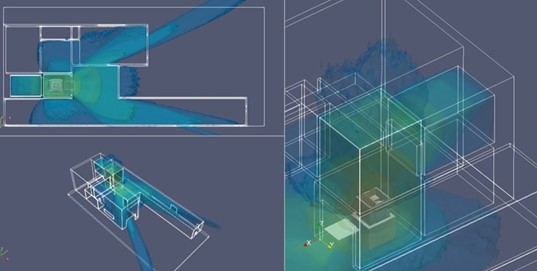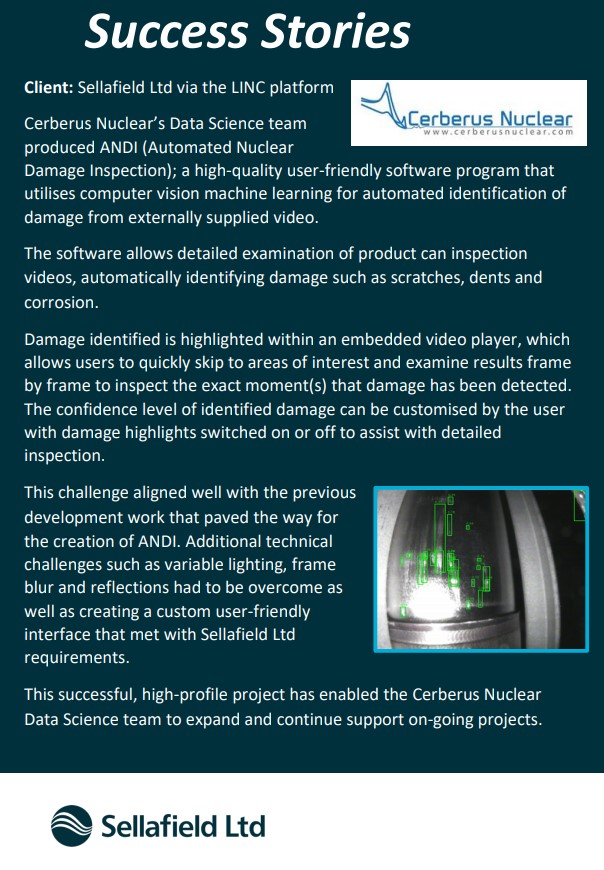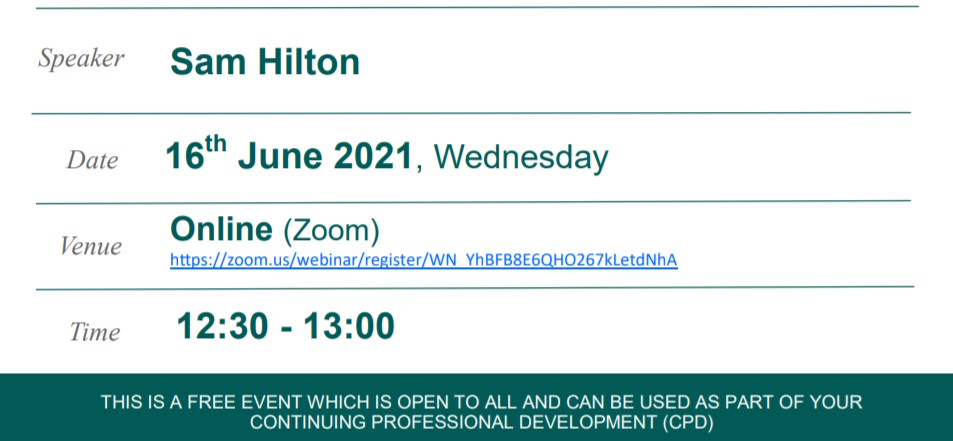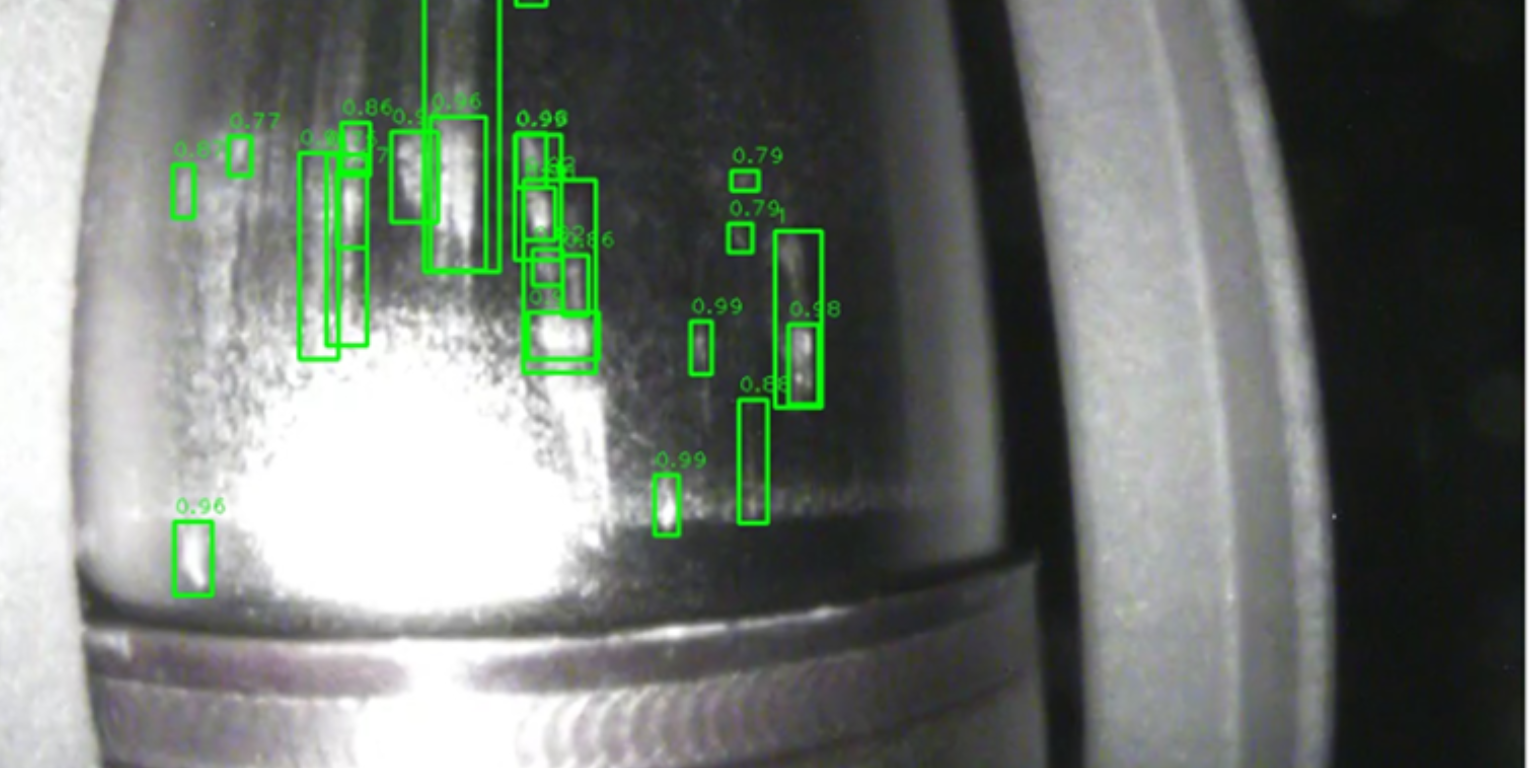Revolutionising 3D Dose Rate Visualisation
Radiation Safety and Efficient Delivery
The nuclear industry is faced with the challenge of ensuring radiation safety and efficient delivery while dealing with the complexities of designing and operating nuclear facilities. In this context, dose rate visualisation plays a vital role in evaluating and visualising radiation sources and their impact on the surrounding environment. This information is crucial in making informed decisions to maintain a safe working environment for the workforce and the general public.
However, traditional methods for dose rate visualisation often result in bottlenecks and inefficiencies in the workflow. To address these issues, Cerberus Nuclear is committed to revolutionising the field by developing cutting-edge tools that simplify the production of 3D dose rate contour visualisation. This approach will allow our radiation shielding assessors to perform accurate assessments quickly and effectively, leading to better outcomes for our clients.
At Cerberus Nuclear, we understand the importance of dose rate visualisation and are dedicated to providing innovative solutions that address the challenges faced by our clients. Our goal is to streamline the process and make it easier to visualise dose rates in real-world applications, thereby improving the overall safety and efficiency of delivery.
Cyclone: Streamline your Radiation and Criticality Workflows
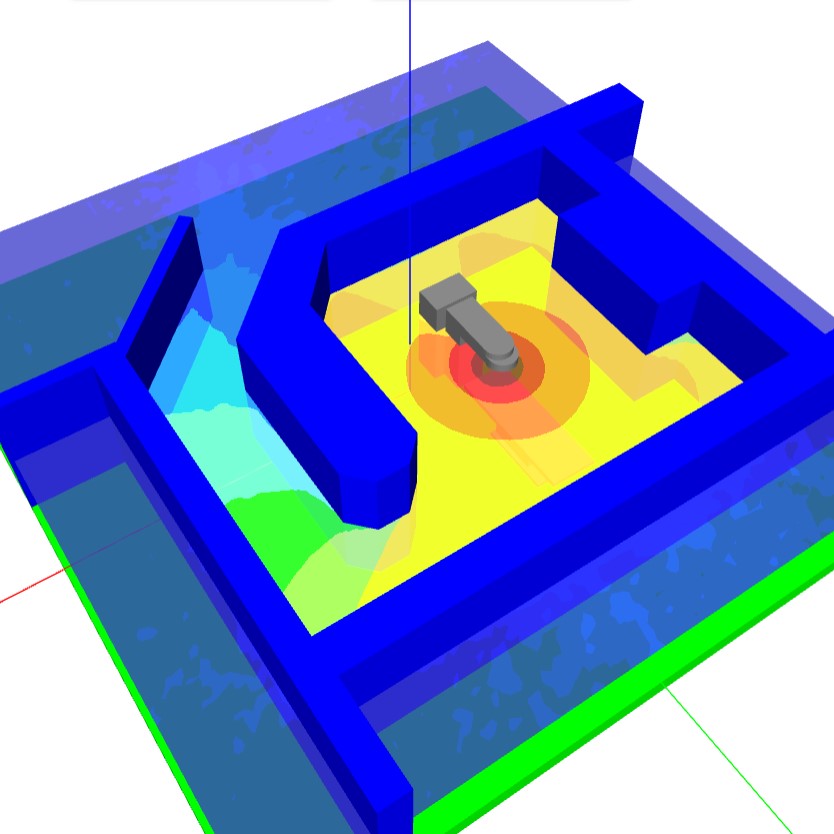
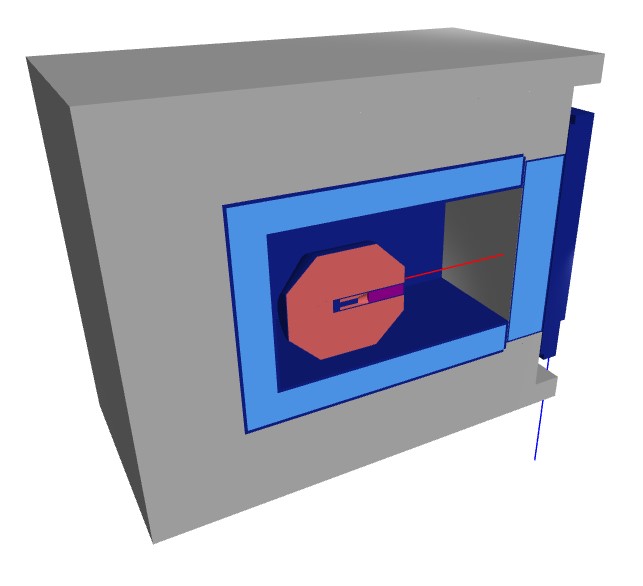
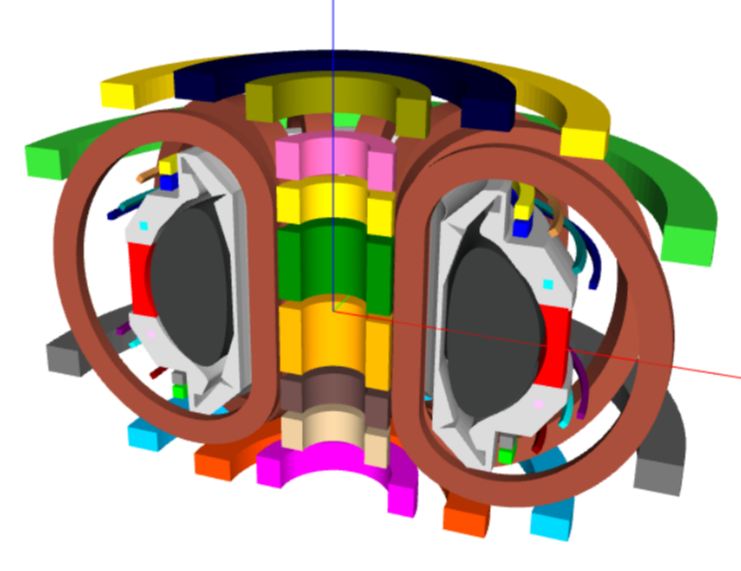
Orthrus Software, a subsidiary of Cerberus Nuclear, introduces Cyclone TM, a modern and intuitive web-based software suite aimed at simplifying Monte Carlo workflows. This powerful tool is specifically designed for radiation and criticality problems and offers a range of features to help you visualise and analyse your data with ease.
- Interactive 3D Renders of MCNP Geometry: Cyclone allows you to visualise your model geometries in 3D, giving you a clear understanding of your data.
- In-built Text Editor with Syntax Highlighting: The text editor in Cyclone includes syntax highlighting to make it easier to read and write your code.
- Customisable Visualisation of Cell and Material Assignments: Visualise cell and material assignments in Cyclone with customisable colours, making it easy to differentiate between different elements of your model.
- Custom Geometry Slicing and Cell Toggling: Cyclone allows you to slice your geometry and toggle cells, giving you the flexibility to focus on specific parts of your model.
- Powerful Dose Visualisation Capabilities: In addition to its advanced geometry visualisation features, Cyclone also offers powerful integrated dose visualisation capabilities from FMESH tally results files, including 2D slice contour visualisation, 3D iso-surface visualisation, and 3D contour extrapolation to surfaces.


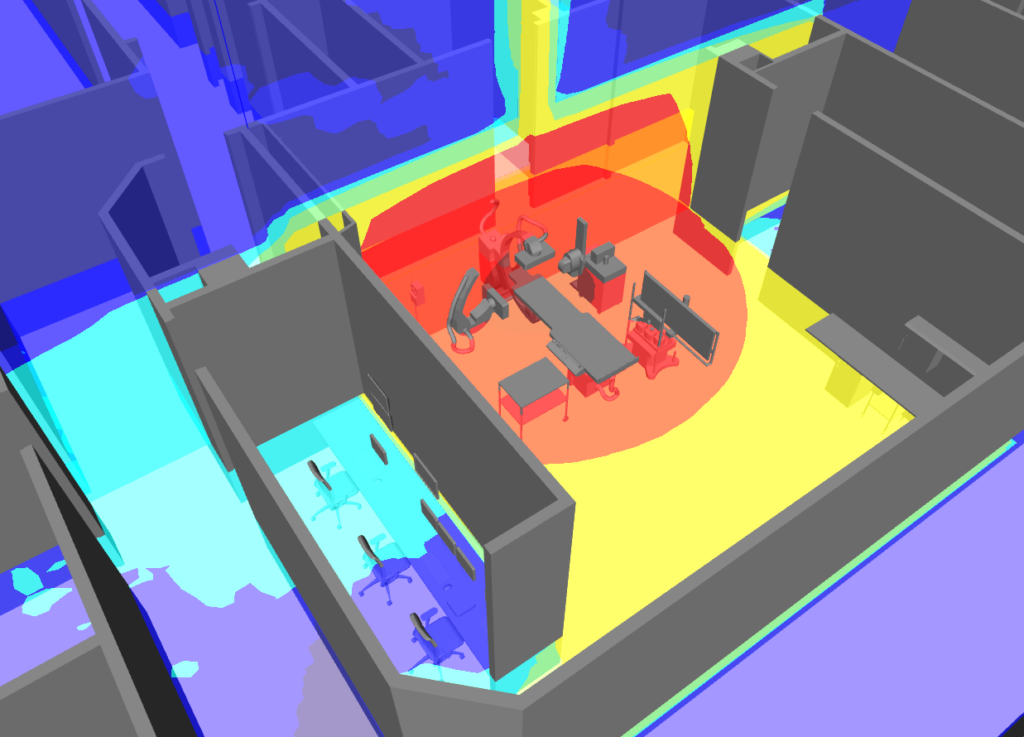
Cyclone has already been deployed across a wide range of dose-uptake assessments and has revolutionised the workflows of our in-house radiation assessors. With Cyclone, you can combine 3D MCNP geometry and dose rate contours with ease, enhancing your capabilities and improving your outcomes. For more information and instant sign up check out orthrussoftware.com.
Dynamic Radiation Assessments using Dose Time
Dose Time TM focuses on revolutionising dose visualisation in the nuclear industry. It uses novel interpolation methods for the calculation and visualisation of dynamic 2D and 3D dose rate contour maps, providing an effective tool for visualising and calculating dose uptake in a variety of radiation scenarios.
- Tackle Moving Source Challenges: The need to tackle the significant challenge of assessing moving sources, where the computational demands of modelling such scenarios can be extremely high. With efficient mesh tally interpolation methods, Dose Time enables the rapid calculation of 3D dose fields, eliminating the need for additional simulations.
- Efficient Survey of Design Spaces: With its rapid approximation of dose rate contours, Dose Time allows shielding assessors to efficiently survey entire design spaces and identify regions of interest without the need for numerous Monte-Carlo calculations.
- Live Dose Target Tracking: Dose Time is looking to enhance its capabilities via the integration of live dose target tracking, enabling the calculation of cumulative dose uptake in dynamic radiation environments.
- VR Technology for Live Dose Rate Visualisation: In the future, Dose Time plans to leverage virtual reality (VR) technology for live dose rate contour visualisation. This will provide a more interactive experience, allowing for the simulation of real-world scenarios and providing valuable insights to assessors, operators and other key stakeholders.


Let us transform how radiation assessments are performed with Dose Time and experience the benefits of efficient and effective dose rate visualisation.
If you're interested in learning more about 3D dose rate visualisation, or if you have any questions, please don't hesitate to get in touch at nuclear@cerberusnuclear.com. Our team is always ready to assist and provide the right solution for your needs.
